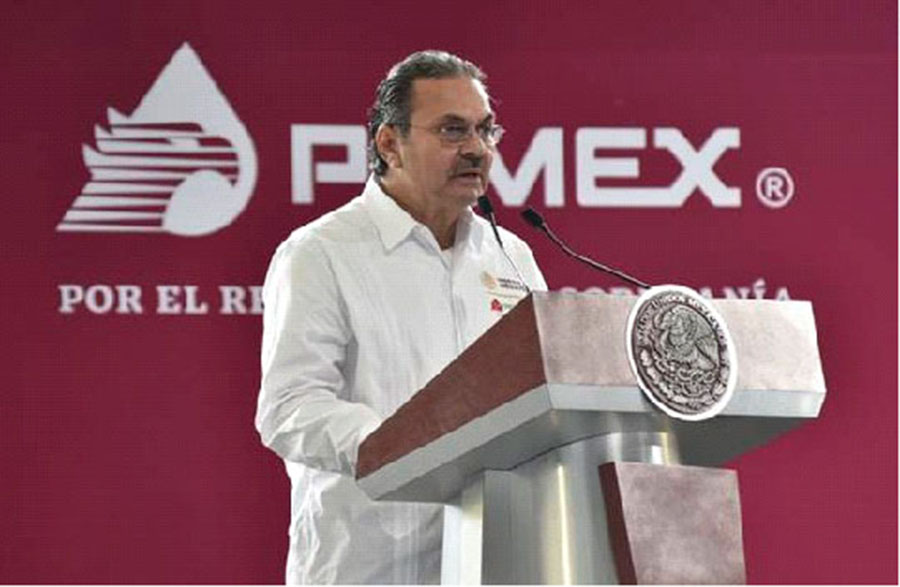MEXICO CITY, (Reuters) – The chief executive officer of Mexican state energy oil Pemex yesterday sought to downplay an oil spill in the Gulf of Mexico this month, saying it was quickly fixed and less serious than academics had calculated.
Pemex has been under intense pressure from non-governmental organizations and researchers from the country’s top university to explain an oil spill recently detected from satellite images.
“I never said that there wasn’t a leak, there was,” Pemex CEO Octavio Romero told reporters during a press conference.
Romero said the leak first detected internally on July 3 was much smaller than reports – and completely fixed by July 10.
Researchers at the National Autonomous University of Mexico (UNAM) had backed Greenpeace and other non-governmental organizations that first published the satellite images.
Having analyzed the direction of ocean currents, Gabriela Gomez, one of the UNAM academics, said in a statement the slick would probably head east-northeast and eventually reach the Gulf coast in Veracruz or Tamaulipas states or the United States.
Researchers at UNAM’s Institute of Geography and its National Earth Observation Laboratory calculated the patch of oil was some 467 square kilometers (180 square miles) in size – equivalent to about 140 soccer fields.
Gomez said it was possible for experts to distinguish the texture of an oil slick from the rest of the ocean surface owing to the different densities and wave patterns.
Greenpeace had calculated a similar size; Greenpeace also noted there had been other oil spills of varying sizes from Pemex’s vast oil and gas infrastructure.
Pemex issued a statement last week saying only 58 cubic meters (2,048 cubic feet), or 365 barrels of oil, escaped from two small leaks that would have affected an area of 0.06 square kilometers.
A separate document, reviewed by Reuters, showed Pemex had on July 3 reported a “minor” leak to the environmental regulator for the oil and gas sector, ASEA. It was the second incident in the area this month to hit the headlines.
Photographs posted on social media showed residues washed up on beaches. Romero said that the Ek-Balam field produces a light crude oil that had different characteristics.
The Ek-Balam fields are part of the Cantarell Complex, a former global star producer, located 80 km northwest of Ciudad del Carmen, Campeche. It was discovered decades ago when hydrocarbons naturally rose to the surface.

